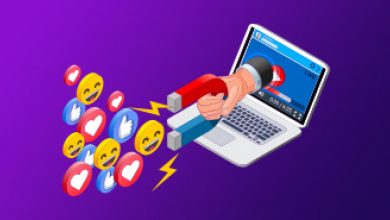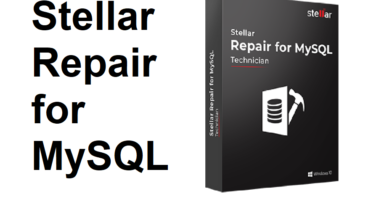
Machine translation (MT) has become a powerful tool for breaking down language barriers, empowering businesses to reach international audiences more quickly and efficiently.
Modern MT engines use AI-powered algorithms to translate different types of content into a variety of languages, from technical documentation to medical reports and legal contracts.
This advancement has sparked the widespread adoption of AI translation tools across diverse sectors, including business, education, government, and healthcare.
Table of Contents
Benefits of Machine Translation
Let’s take a closer look at some core advantages associated with utilizing machine translation to facilitate global connectivity:
Expanded market reach
MT breaks down language barriers, allowing seamless communication among individuals and organizations globally. Businesses can expand into new markets more quickly, collaborate with international partners, and manage diverse workforces, fostering global economic growth and innovation.
Enhanced accessibility
MT empowers individuals to access information globally, stay informed with global news, explore research findings across languages, engage with educational content, and delve into diverse cultural resources. This accessibility not only enriches personal knowledge but also fosters a more informed and globally aware society, promoting cross-cultural understanding.
Greater productivity
Machine translation streamlines language conversion, expediting communication, accelerating project timelines, and enhancing overall operational efficiency. It empowers businesses to navigate linguistic challenges seamlessly, ensuring a streamlined workflow and enhanced productivity in the global marketplace.
Challenges of machine translation
Machine translation, like any technology, comes with its set of challenges. Here are some of the most common obstacles to be aware of:
Accuracy and fluency limitations
While machine translation systems have advanced in accuracy, they may still yield translations that sound unnatural, particularly when dealing with idioms or culturally specific expressions.
Data quality dependency
The quality of MT translations is highly dependent on the quality of the data used to train an MT system. Biased, incomplete, or inaccurate data can lead to biased, incomplete, or inaccurate translations.
Domain expertise and context awareness
Machine translation systems may face challenges when translating specialized or technical content that demands a deep level of domain expertise or contextual comprehension. In such instances, human translators can engage in post-editing to refine and enhance the accuracy and nuance of the machine-generated translations.
Evolving language and cultural dynamics
Language undergoes continual evolution, introducing new words, phrases, and slang regularly. MT systems may struggle to keep pace with these rapid changes, resulting in translations that can be outdated or inaccurate.
Furthermore, MT systems may lack a complete understanding of cultural nuances and sensitivities, necessitating human input to ensure translations are both appropriate and culturally respectful.
The Future of Machine Translation
Despite the persisting challenges, there is significant promise in the future development of machine translation.
Advancing accuracy and fluency
A primary focus in MT research revolves around improving the accuracy and fluency of translations. Researchers are exploring innovative methods, including integrating contextual awareness, utilizing multilingual language models, and fine-tuning neural network architectures. These endeavors aim to generate translations that are not only more precise but also convey a natural and idiomatic quality.
Addressing data quality and bias
MT systems depend significantly on the quality and representativeness of the data used for their training. To counteract potential biases and guarantee the reliability of translations, researchers are actively devising techniques to identify and rectify biases in training data. Additionally, they are incorporating diverse data sources and multilingual knowledge bases to enhance the robustness of MT systems.
Adapting to evolving language and cultural dynamics
In response to the dynamic nature of language, an increasing number of MT tools are incorporating real-time language adaptation features. Through the utilization of language modeling techniques and harnessing social media data, MT systems can adapt on the fly, assimilating new words, phrases, and slang in real time. This proactive approach ensures that translations stay pertinent and current.
Towards a human-AI collaborative approach
The future of MT is not about replacing human translators. Instead, it revolves around augmenting and empowering them. The cornerstone of next-generation MT systems will be human-AI collaboration, where AI manages the primary translation tasks, and human experts contribute oversight, refinement, and cultural sensitivity.
Key Takeaways
Machine translation breaks down language barriers, fosters global communication, and promotes cross-cultural understanding. It empowers both individuals and organizations to connect seamlessly, access information worldwide, and collaborate effectively, regardless of linguistic backgrounds. In a word, MT makes the world a more interconnected place and stands to revolutionize the way people and businesses engage in a globally connected landscape.








